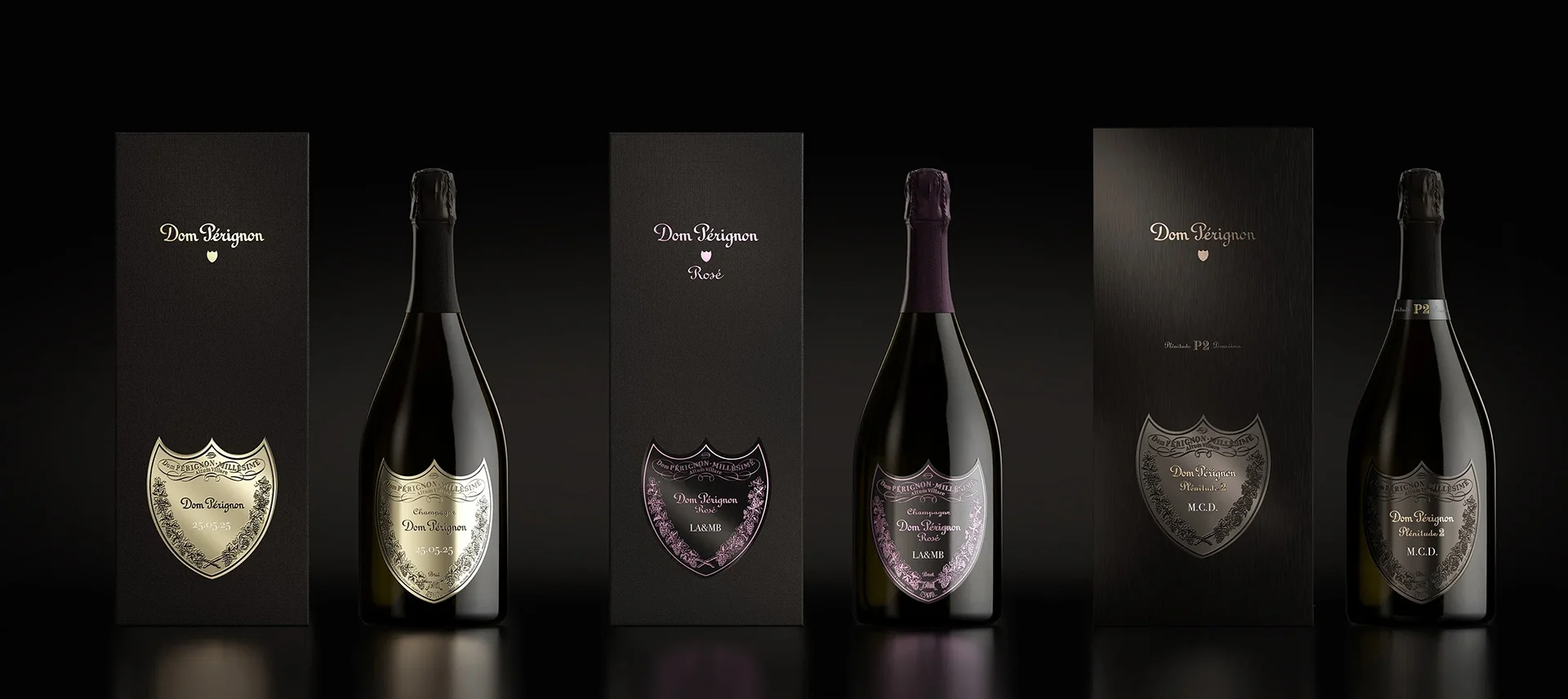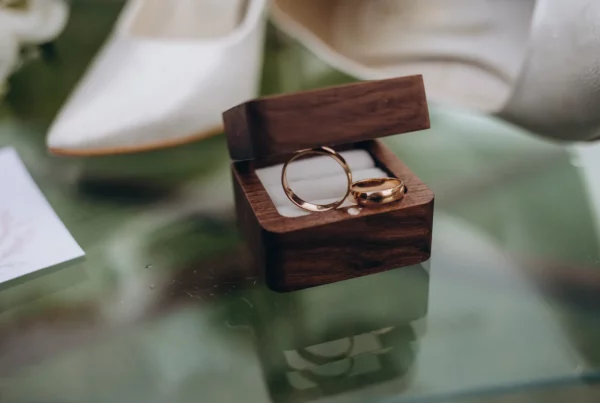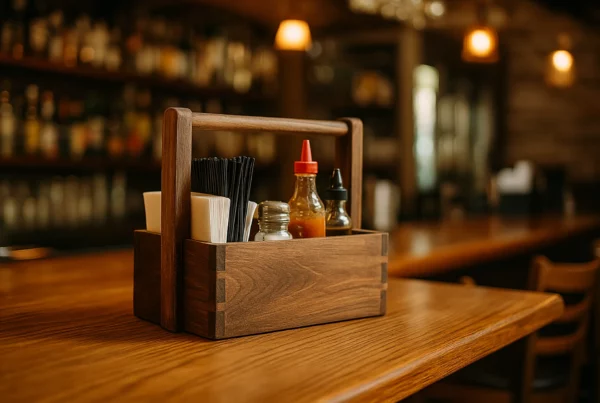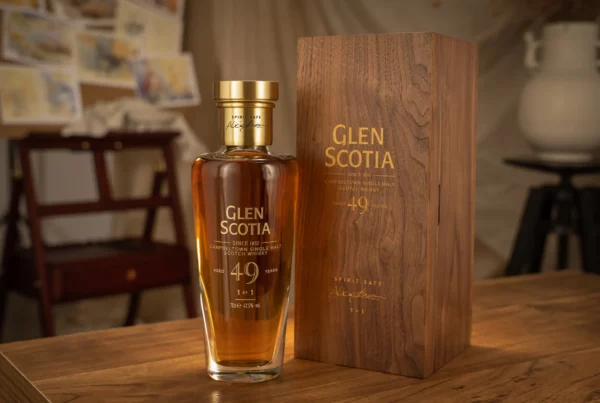As we progress through 2025, the luxury packaging industry is undergoing significant transformation, driven by evolving consumer preferences, technological advancements, and a heightened focus on sustainability. Brands are redefining their packaging strategies to not only protect their products but also to tell compelling stories that resonate with their audience.
Sustainable Luxury Packaging
Sustainability has become a cornerstone of luxury packaging. Consumers are increasingly eco-conscious, demanding that brands take responsibility for their environmental footprint. In response, luxury brands are adopting materials and practices that reflect a commitment to the planet.
One notable trend is the shift towards lightweight packaging solutions. For instance, the champagne industry has been exploring lighter bottles to reduce carbon emissions associated with transportation. Champagne Telmont introduced an 800g bottle, setting a new standard for sustainability in the sector. This initiative not only lessens environmental impact but also encourages industry-wide adoption of eco-friendly practices.
In addition to material innovation, there’s a resurgence of minimalist design philosophies. Brands are embracing ‘less is more,’ focusing on clean lines and subtle elegance. This approach not only reduces material usage but also resonates with consumers seeking authenticity and simplicity in their luxury experiences.
Technological Integration in Packaging
The fusion of technology and packaging is revolutionising the way consumers interact with products. Smart packaging solutions are becoming more prevalent, offering enhanced functionality and engagement.
Radio-frequency identification (RFID) and Near Field Communication (NFC) technologies are being embedded into packaging, allowing consumers to verify product authenticity, access exclusive content, or engage with interactive brand experiences. This technological integration not only adds value but also strengthens the connection between the brand and the consumer.
Moreover, the use of Augmented Reality (AR) is on the rise. By scanning packaging with their smartphones, consumers can unlock immersive experiences, such as virtual try-ons, product tutorials, or behind-the-scenes brand stories. This blend of physical and digital realms creates a memorable and engaging customer journey.
Personalisation and Bespoke Packaging
In an era where individuality is celebrated, personalised packaging has become the foundation of luxury branding. Consumers are drawn to products that reflect their personal identity, and brands are responding by offering bespoke packaging solutions that make each purchase feel unique and meaningful.
Many luxury spirit brands, particularly in the whisky and champagne industries, now allow customers to personalise their packaging, reinforcing the exclusivity of their products. Dom Pérignon, for example, offers customisable champagne boxes where buyers can add a name or special message, making it an exclusive and memorable gift. Likewise, high-end whisky brands such as The Macallan and Johnnie Walker provide engraving services for both bottles and presentation boxes, further strengthening the emotional connection between the consumer and the product. These customisation options transform the act of purchasing into something more intimate and experiential.
Beyond direct personalisation, luxury brands are increasingly collaborating with artists and designers to produce limited-edition collectible packaging. These partnerships result in intricate, artistic designs that elevate packaging beyond its practical function, turning it into an extension of the product itself. Limited-edition designs create a sense of desirability and exclusivity, encouraging collectors and enthusiasts to engage with the brand in a more meaningful way.
Moreover, advancements in digital printing technology have enabled brands to offer personalised packaging at scale, allowing for custom messaging, monograms, and bespoke designs tailored to individual consumers. This innovation makes luxury packaging even more accessible while maintaining its sense of exclusivity. By integrating personalisation with high-quality craftsmanship, brands can enhance the unboxing experience and foster long-term customer loyalty.
Elevated Unboxing Experiences
The unboxing moment has evolved into a pivotal aspect of the consumer experience, especially in the luxury sector. Brands are investing in packaging that not only looks exquisite but also engages multiple senses.
Incorporating sensory elements such as soft-touch finishes, subtle fragrances, or tactile materials like velvet and silk enhances the overall experience. These thoughtful details create an emotional connection, making the unboxing process a memorable event.
Furthermore, the concept of packaging reusability is gaining traction. Designing packaging that serves a secondary purpose – such as decorative storage boxes or display pieces – not only adds value for the consumer but also aligns with sustainable practices by encouraging reuse.
Merging Tradition with Modernity
While innovation drives the industry forward, there’s a concurrent revival of traditional craftsmanship in luxury packaging. Brands are blending time-honoured techniques with contemporary designs to create packaging that tells a rich, authentic story.
Handcrafted elements, such as wax seals, foil embossing, and artisanal calligraphy, are being reintroduced to evoke a sense of heritage and authenticity. These details not only enhance the aesthetic appeal but also convey a brand’s commitment to quality and tradition.
This fusion of old and new appeals to consumers’ desire for products that are both innovative and rooted in a storied past, offering a unique blend of familiarity and novelty.
Industry Growth and Statistics
The luxury packaging market is experiencing robust growth. In 2024, the global luxury packaging market was valued at approximately USD 17.5 billion and is projected to reach USD 24.6 billion by 2033, exhibiting a compound annual growth rate (CAGR) of 3.82% during the forecast period from 2025 to 2033.¹
Regionally, the United Kingdom’s packaging market is also on an upward trajectory. In 2023, the UK packaging market was valued at USD 58.3 billion and is projected to reach USD 72.2 billion by 2033, growing at a CAGR of 2.16% during the forecast period.²
This growth is driven by increasing demand for luxury packaging, e-commerce packaging, and flexible packaging solutions. The UK’s affluent consumer base, including over 700,000 high-net-worth individuals, is propelling the luxury goods market, which was valued at USD 19.25 billion in 2024 and is projected to reach USD 28.56 billion by 2032, growing at a CAGR of 5% from 2025 to 2032.³
Staying Ahead in 2025?
The luxury packaging landscape in 2025 is characterised by a harmonious blend of sustainability, technological advancement, personalisation, sensory engagement, and a respect for tradition. Brands that adeptly navigate these trends will not only meet the evolving expectations of discerning consumers but also set new standards for excellence in the industry.
At Moran’s Wood Components, we are dedicated to crafting bespoke wooden packaging solutions that embody these trends, ensuring your brand stands out in a competitive market. Contact us to discover how we can elevate your packaging to new heights of luxury and innovation.








